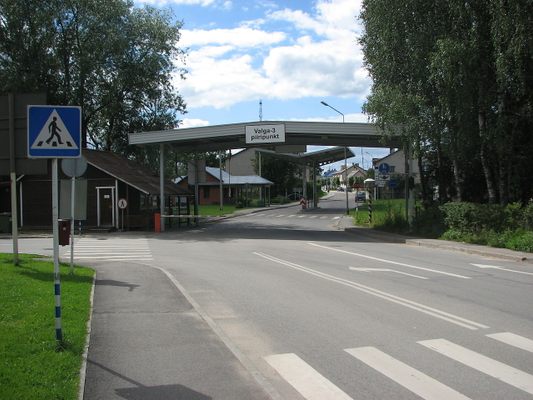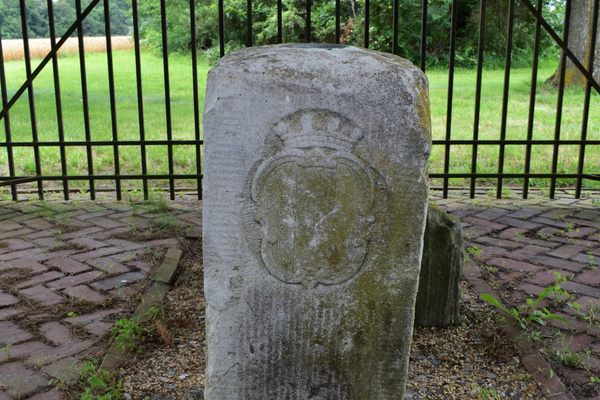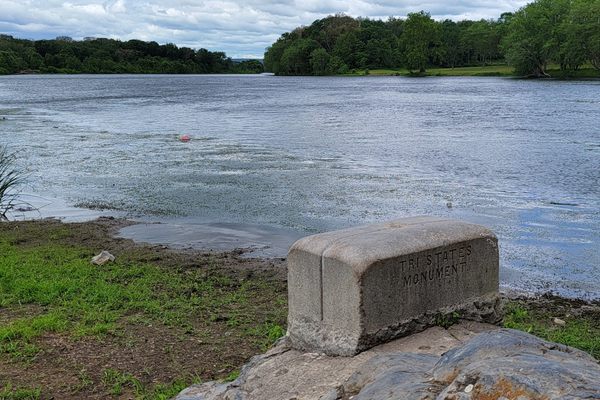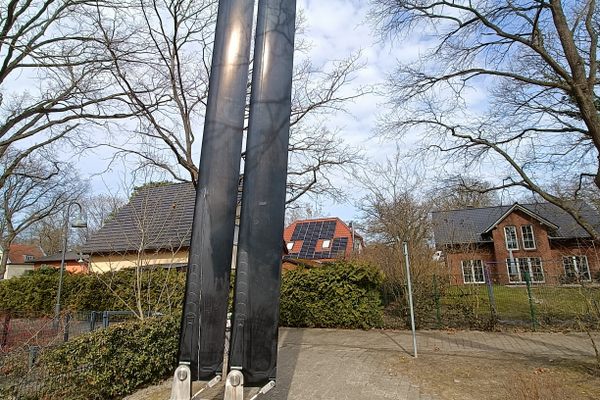About
When in Valga, Estonia/Valka, Latvia, head to where Sepa tänav (Valga) meets Semināra iela (Valka). There, you'll see physical reminders of the border that slices the town into two different countries. This national border in the middle of a single small town has appeared, disappeared, reappeared, and disappeared again over the last hundred or so years. It's a testament to the complexities of history in the Baltic region.
In 1918, both Estonia and Latvia declared their independence, and two years later, with various opponents defeated, the time came to finalize the border between the two states. This proceeded smoothly and without conflict, with one major exception: the railway junction of Walk, a mid-sized but strategically important town where there were roughly equal numbers of Estonians and Latvians.
The newly created League of Nations sent Sir Stephen Tallents, a British diplomat, to resolve the situation. And after some deliberation, he came up with a simple solution: the border should follow the little stream that meanders through the center. Walk was renamed in the national languages of the two states, so the Estonian side became Valga and the Latvian side became Valka. Estonia had rather more reason to feel satisfied with Tallents’s decision: they got the railway station and the majority of the center.
To enforce the newly created international frontier, staffed border posts appeared throughout the town, looking incongruous in the middle of residential streets. However, it seems that not all crossings were consistently enforced. When visiting Valka in 1925, the travel writer Owen Rutter described how he was told by Latvian officials that he had to get permission from the police if he wanted to cross the border. He set off in search of the police station and was only alerted that he’d inadvertently wandered into Estonia when he suddenly noticed that the street signs now ended in “tänav" not “iela."
In 1939, under pressure from their giant eastern neighbor, all three of the Baltic states acceded to the placement of Soviet troops on their territory, and a year later, they were incorporated into the Soviet Union, following elections in which only one party was allowed to stand. The border towns unexpectedly found themselves in the same country once more. Although Valga and Valka retained their different names and were technically in different republics, the border was removed and the town effectively functioned as one again.
But in 1990, as resistance to the Soviet Union gathered strength in the Baltic region, both Estonia and Latvia declared the restoration of independence. Border infrastructure again popped up in the center of the town—and owners of some houses that had been constructed or extended in the interim found themselves partially in both countries.
Before long, the situation had changed once again. In 2004, both countries joined the European Union, and three years later, the Schengen Zone. This meant that, as between all Schengen members, all border checks were removed. In Valga/Valka, this was commemorated at an event where Estonian president Toomas Hendrik Ilves and Latvian president Valdis Zatlers shook hands over the border crossing between their two countries before its removal. At the ceremony, Ilves commented “the barriers are lowered. The way is open. The path that starts in Lapland takes us non-stop, even through Valga and Valka, to the southern tip of Portugal. It is all our Europe.”
The cities now cooperate closely together, and both have the official slogan “one city, two countries.” Latvians now frequently stroll across the border to take advantage of the wider range of shops on the Estonian side, while people from Valga and the surrounding area often venture to Valka to stock up on comparatively cheap Latvian beer.
Related Tags
Know Before You Go
There are a number of border crossings throughout the town. The largest one, where the former border infrastructure can still be seen, is where Sepa tänav (Valga) meets Semināra iela (Valka). The other main border crossing in the town is at the crossroads between Rīgas iela (Valka) and Raja tänav (Valga). Some of the borders are pedestrianized, such as the one that links Sõpruse tänav (Valga) and Raiņa iela (Valka). The only train station in the town is in Valga: Latvian trains going north from Riga, as well as Estonian trains going south from Tartu, terminate here.
Community Contributors
Added By
Published
October 1, 2019





























